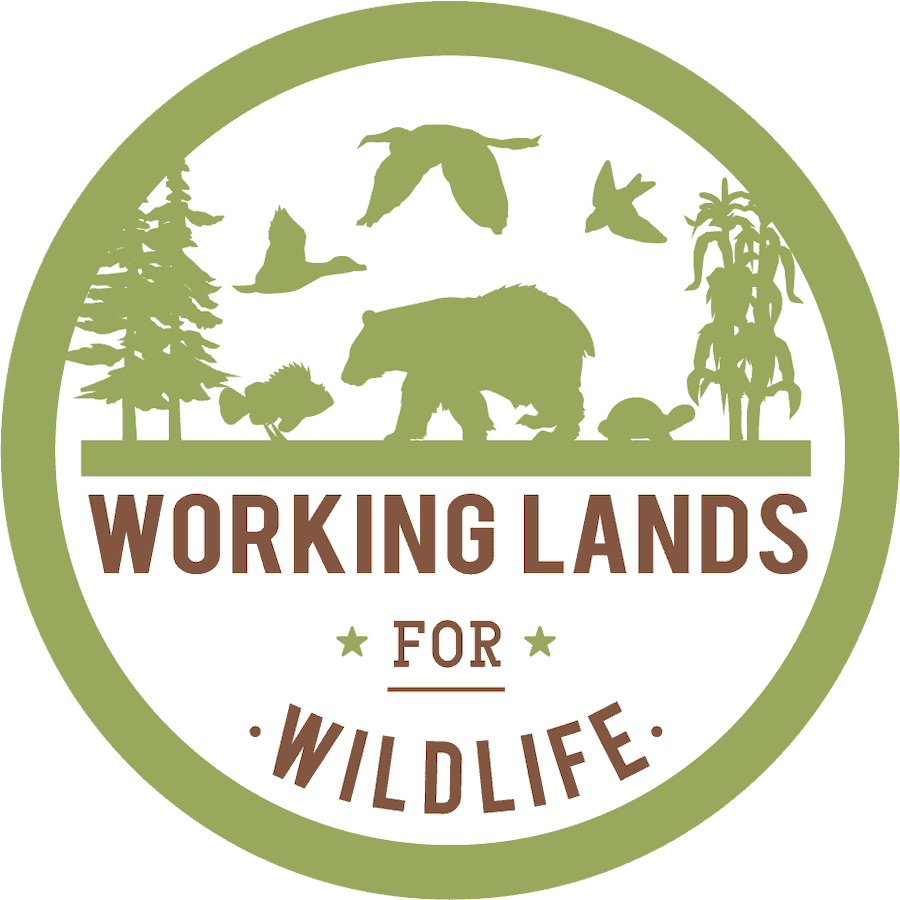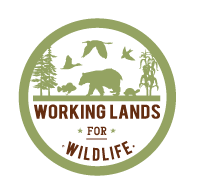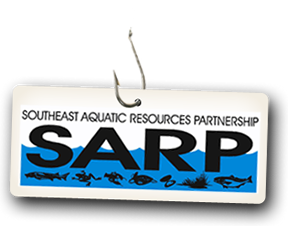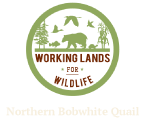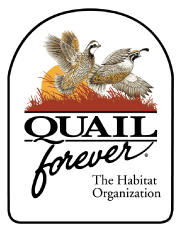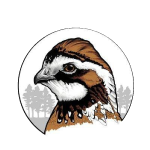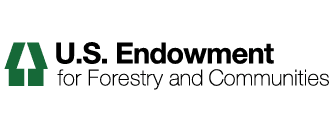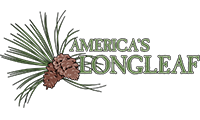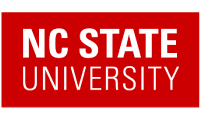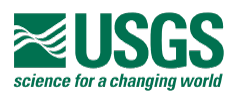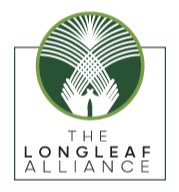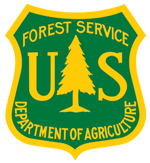NRCS Conservation Practices and Materials
USDA NRCS Working Lands for Wildlife
Through Working Lands for Wildlife (WLFW), USDA uses a win-win approach to systematically target conservation efforts to improve agricultural and forest productivity which enhance wildlife habitat on working landscapes. Target species are used as barometers for success because their habitat needs are representative of healthy, functioning ecosystems where conservation efforts benefit a much broader suite of species.
Fire Adapted Bitterroot (FAB)
Fire Adapted Bitterroot (FAB) seeks to address forest health and wildfire risk in three main areas of Ravalli County in Western Montana. This proposal will actively treat fuels on 1,350 acres on the east side of the valley in year 1 (2022), 3,250 acres in the southern valley in year 2 (2023), and 4,000 acres on the west side of the main valley in year 3 (2024).
Butte Valley South Landscape Restoration
Since 2010, wildfires have burned nearly 770,000 acres in Siskiyou County, California. Prescribed burns are a useful management tool for resilient and healthy landscapes, forests and watersheds, while larger fuel loads and less resilient landscapes threaten local communities, human health and safety, habitat, wildlife, and natural resources.
Southern Front Range Watershed
The Southern Front Range (SFR-JCLRP) project will treat vegetation in the project area within Pueblo, Custer, Huerfano, and Las Animas counties. Treatments would be adjacent to or near the towns of Cuchara, Aguilar, Stonewall, Wetmore, Westcliffe, Beulah, and Rye, Colorado.
Bear Creek to Signal Peak
The Bear Creek to Signal Peak Collaborative Restoration Project area is located north and west of Silver City in southwestern New Mexico.
Libby Surround Stewardship
The Libby Surround Stewardship Project will treat hazardous fuels on 4,605 acres of land surrounding Libby, Montana.
Gallatin Valley Resiliency and Watershed Health
Prescribed fire, timber harvest, shaded fuel breaks, small diameter understory thinning, and weed treatments have been prioritized to meet the goals and objectives of the project.
Hawaii Island Wildfire Mitigation and Support
This project makes long-lasting investments to prevent the loss of Hawaii's most intact native forests from fire.
Scattered Lands Hazardous Fuels
The Scattered Lands Hazardous Fuels project focuses on 173,942 acres of high-risk forestlands in North Idaho.
Big Flat Community Protection
The Big Flat Community Protection Project boundary landscape covers approximately 11,388 acres dominated by dense stands of even-aged Douglas-fir and tanoak that present a high hazardous fuels risk for the remote wildland urban interface (WUI) community of Big Flat.
SE FireMap Phase II: Developing the Decision Support System
An open and free webinar for practitioners and the public to learn about the Southeast (SE) FireMap and next steps in its development as an operational decision-support tool for resource managers.
New Plan Guides Conservation Action On America’s Central And Eastern Grasslands And Savannas
New Plan Guides Conservation Action on America’s Central and Eastern Grasslands and Savannas
Landscape Partnership Flagship Newsletter 2021
Welcome to the Landscape Partnership!
Working Lands for Wildlife: Northern Bobwhite, Grasslands and Savannas Framework for Conservation Action
Working Lands for Wildlife: Northern Bobwhite, Grasslands and Savannas Framework for Conservation Action is a 2022 publication by NRCS capturing a long-term, large landscape conservation plan to recover central and eastern grasslands for northern bobwhite and other wildlife species. To support the win-win approach of WLFW, this framework also includes anticipated outcomes for risk management and revenue enhancements for agricultural/forestry operations, as well as measured outcomes for greenhouse gas (GHG) mitigation.
What evidence exists for landbird species-environment relationships in eastern temperate and boreal forests of North America? A systematic map protocol
In this systematic map, we propose to answer the review question: what evidence exists for bird species-environment relationships in eastern temperate and boreal forests of North America?
Do Review Papers on Bird–Vegetation Relationships Provide Actionable Information to Forest Managers in the Eastern United States?
Herein, we focus on a common problem of the science–practice interface in the context of forest wildlife habitat management. That is, are wildlife scientists providing information that is both relevant and specific enough to be actionable in real-world, evidence-based forest management contexts?
Northern Bobwhite Grasslands and Savannas Framework
Presented by Bridgett Costanzo, NRCS Working Lands for Wildlife regional coordinator.
Major Land Uses in WLFW NOBO, Grasslands, and Savannas
Major land use types within the boundaries of the WLFW Northern bobwhite, Grasslands, and Savannas framework.
State Priority Areas for WLFW NOBO, Grasslands, and Savannas
Beyond the national boundaries that each NRCS state offices selected, some chose to also identify priority areas that will be used in project ranking. (priority area shapefiles not uploaded yet!)
WLFW Northern bobwhite, Grasslands, and Savannas National Map
Attached pdf of the national boundary for the new framework for conservation action (2022). Shapefiles available under "Boundaries and Priority Areas"

